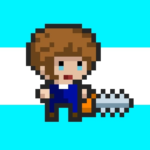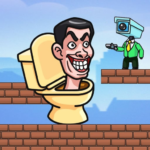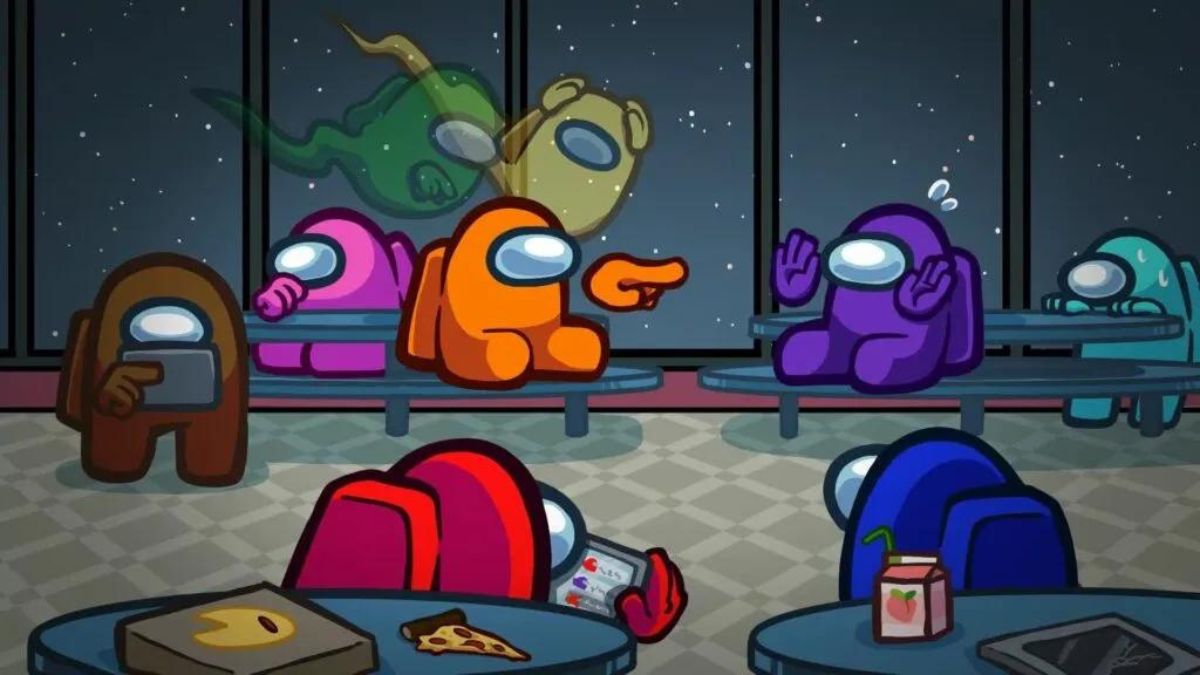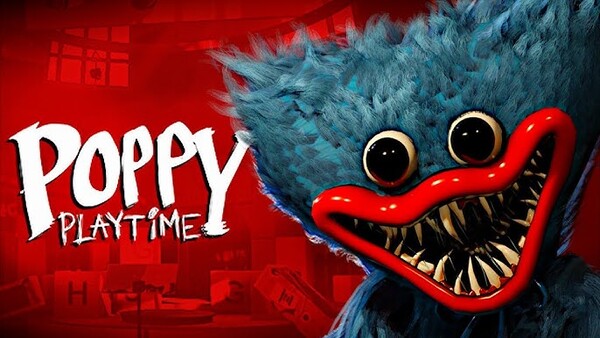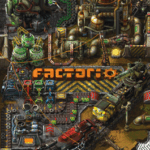Poppy Playtime – Chapter 3: Deep Sleep pushes the already disturbing narrative of Playtime Co. into its darkest and most psychologically intense chapter yet. Following the cliffhanger ending of Chapter 2, players are thrust deeper into the bowels of the toy factory, where new secrets, monsters, and mechanisms await. MOB Games elevates its storytelling and horror design with improved gameplay, longer runtime, and a more disturbing tone focused on sleep experiments, gas warfare, and lost innocence.
This chapter introduces CatNap, a sinister, sleep-themed monster who rivals Mommy Long Legs in both complexity and terror. Players must navigate a broken dreamlike facility, where real-world puzzles blend with hallucinations and gas-induced delusions.
In this article, we’ll break down the chapter’s structure, lore revelations, horror design, gameplay systems, and emotional impact to explore why Poppy Playtime – Chapter 3 cements the franchise as a leader in modern indie horror.
1. Story Setup: Welcome to Playcare
Chapter 3 begins with the protagonist awakening in Playcare, a twisted orphanage hidden beneath the Playtime Co. factory. Once marketed as a daycare center for children of employees, Playcare is now a desolate, nightmare-fueled maze of broken toys, decayed furniture, and gas-spewing vents.
Here, players uncover that Playcare was never just daycare. It was the central location for the company’s most sinister experiments—particularly those involving mind control, memory erasure, and the use of anesthesia gas known as "Deep Sleep."
This shift in setting from playful factory to corrupted care center turns the tone deeply psychological. You’re not just exploring a haunted place. You’re surviving inside a failed human experiment.
2. CatNap: A New Breed of Terror
Chapter 3 introduces CatNap, a deeply disturbing antagonist with feline traits and a hollow, sleepy voice that echoes through corridors. With a design that blends comfort and fear—stuffed cat ears, glowing eyes, gas tanks on his back—CatNap is both menacing and manipulative.
His powers include inducing hallucinations, gassing entire rooms, and stalking players while humming lullabies. He isn’t just a physical threat—he’s a mental one. You never know when what you’re seeing is real.
CatNap’s presence is more subtle than previous antagonists. He speaks calmly, rarely screams, and appears in unexpected ways—often during hallucinations or sudden flickers. His psychological manipulation makes Chapter 3 the most tense chapter so far.
3. New Gameplay Mechanics: Gas Mask and Perception
To survive in Playcare, players must utilize a gas mask mechanic introduced early in the chapter. Throughout the facility, poisonous sleep gas floods hallways and rooms. Without the mask, you’ll pass out—and when you wake, things may not be the same.
The gas mask has limited filter duration, forcing players to manage resources carefully. You must replace filters, avoid high-density zones, and choose when to enter dangerous areas.
Additionally, hallucination sequences play a major role in puzzle-solving. Sometimes what looks like a wall is actually a door. Sometimes a friendly face is something far worse. These gameplay shifts force players to question reality at every turn.
4. The Return of Poppy and the Rise of Experiment 1006
Poppy, the mysterious doll freed at the end of Chapter 1, plays a larger but more ambiguous role in Chapter 3. She guides, questions, and even manipulates you—raising doubts about her true intentions.
Meanwhile, Experiment 1006—also known as The Prototype—makes a stronger presence, appearing through disturbing robotic limbs, corrupted audio files, and one brief but terrifying encounter.
The Prototype's influence spreads across Playcare. Children’s drawings depict it as a savior or a monster. Its parts seem embedded in the very structure. By the end of the chapter, it’s clear: 1006 is no longer contained.
5. Puzzles and Environmental Storytelling
Chapter 3 features some of the most complex and creative puzzles in the franchise. From rotating shadow walls to perception-based light trails, players must use both logic and observation to proceed.
The GrabPack returns with improved abilities, including magnetic pulse, which allows players to attract or repel specific objects and interact with machinery in new ways.
Environmental storytelling is rich. Crayons, photographs, torn journals, and broken toys reveal the collapse of Playcare, the fate of its children, and the slow rise of gas-based experimentation. These details reward players who pay close attention and dig beneath the surface.
6. Art Design: Soft Horror, Harsh Reality
Playcare’s aesthetic is intentionally contradictory. Pastel walls, smiling murals, and childlike music are juxtaposed with rusted doors, surgical equipment, and gas leaks.
Each area evokes a different emotional state—confusion in the Hall of Dreams, dread in the Isolation Chambers, and melancholy in the Remembrance Room. MOB Games’ art team has mastered the art of weaponizing nostalgia.
CatNap’s design is particularly powerful. His floppy movements, stitched fur, and oxygen tanks symbolize a broken promise: a toy meant for comfort now bringing death.
7. Chase Sequences and Psychological Tension
Chapter 3 features multiple chase scenes, each more elaborate than previous entries. Unlike Chapter 1’s hallway run or Chapter 2’s tight tunnel escape, these sequences include shifting illusions, dead ends, and even false endings.
The most terrifying moment comes during a gas hallucination sequence, where CatNap is chasing you through a looping dream corridor that keeps resetting until you find the hidden path.
Sound cues and music play a critical role. The intensity builds slowly, often making you second-guess whether a chase is even happening. That uncertainty is exactly what makes them so horrifying.
8. Voice Acting and Sound Design
Voice acting in Chapter 3 is superb. CatNap’s actor delivers a slow, unsettling performance that blends caretaker and villain. Poppy’s tone remains mysterious, oscillating between concern and control.
The music is more ambient this time, often subtle or childlike—until it’s not. Lullabies morph into industrial howls, echoing vents emit whispers, and every door creak keeps you on edge.
Special mention goes to the Prototype’s audio distortion, which sends shivers even during brief encounters. The game’s soundscape is one of its most effective storytelling tools.
















